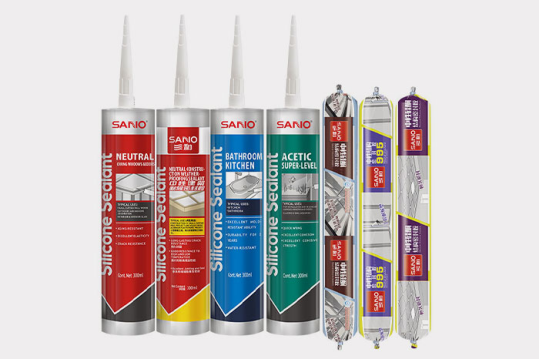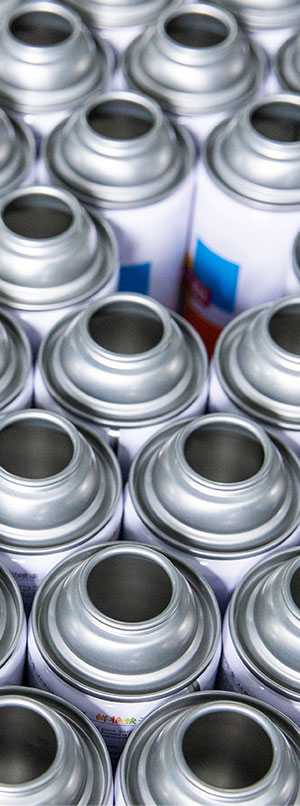Are you tired of staring at unsightly black mould in your bathroom? Do you dread cleaning the silicone sealant around your shower or bathtub because it always seems to come back? So you always want to ask, “How to remove black mould from silicone sealant?” Well, fear not! In this blog post, we will be sharing some effective tips and tricks for saying goodbye to black mould once and for all. From using natural remedies to investing in high-quality cleaning products, get ready to tackle that pesky mould with ease. We will also highlight SANVO, a renowned Chinese producer of industrial adhesives and sealants. So, let’s dive into our top tips for cleaning silicone sealant and enjoying a clean and healthy bathroom environment.

What is silicone sealant?
Silicone sealant is a type of sealant that is made from silicone. It is used to protect surfaces from water, dirt, and other elements. It can also be used as an adhesive. SANVO’s sealants are versatile due to their high adhesion; they can be used for a wide range of purposes, from repairing windows and doors to adding a finishing touch to a patio or deck.
How to remove black mould from silicone sealant
There are a few ways to remove black mould from silicone sealant. One is to use a mould eraser. This removes the mould by scraping it off the surface of the silicone. You can also try boiling water and using that to clean the silicone. Another way is to use a vacuum cleaner with a hose attachment and remove the mould particles that way.
Conclusion
If you find black mould growing on your silicone sealant, it’s time to take action! Here are some tips for cleaning silicone sealant and preventing mould from growing:
1. Remove any visible mould with a cloth or paper towel.
2. Wet the surface of the mould with water and scrub it with a brush or your fingers. Be gentle; you just want to remove any loose dirt, debris, or spores.
3. Pour 1 cup of white vinegar into a spray bottle and spritz the mould area several times. Let it sit for at least 10 minutes before rinsing thoroughly with clean water.
4. Repeat steps 2–3, if necessary, until all traces of mould are gone.
